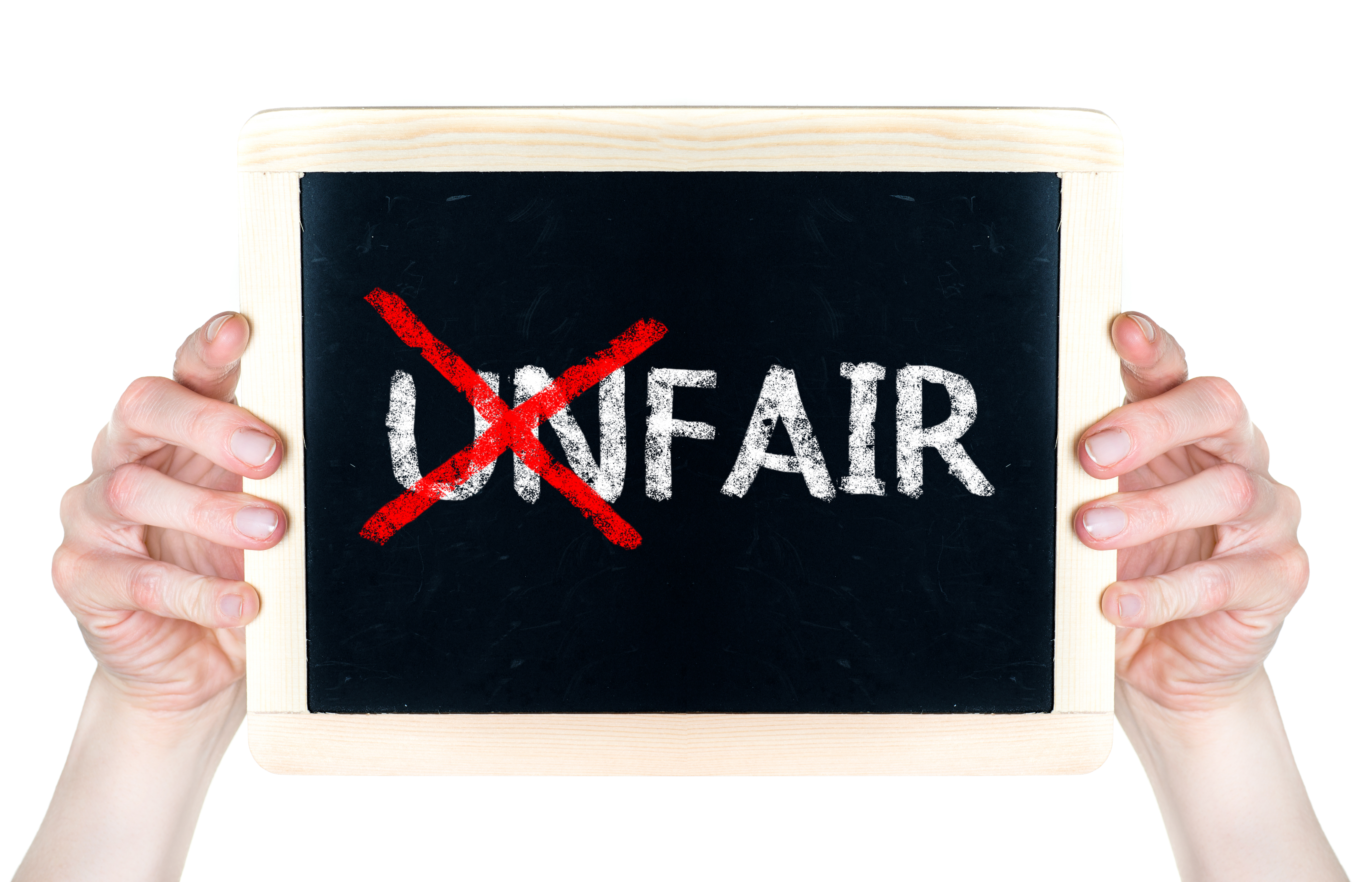“The ‘cost-based approach’ minimizes the risk of mixing the value of a technology with the value of a standard as such. Instead, it uses market forces to calculate a rate based on continued investment in an SEP portfolio.”
 Patents essential to standards are surrounded by discussion, dispute and litigation. A key focus of this activity is how to decide on what is a fair, reasonable and non-discriminatory (FRAND) rate for using standard-essential patents (SEPs), and arrive at a number that both licensor and licensee can accept. In other words, we need a “path to success”. To accomplish this, I think what is needed first is a good method or approach to doing the calculation of a rate, a method which both parties can agree on. Once the parties have agreed on how to calculate, the licensing negotiations will likely be streamlined and there might be an easier and speedier path to success.
Patents essential to standards are surrounded by discussion, dispute and litigation. A key focus of this activity is how to decide on what is a fair, reasonable and non-discriminatory (FRAND) rate for using standard-essential patents (SEPs), and arrive at a number that both licensor and licensee can accept. In other words, we need a “path to success”. To accomplish this, I think what is needed first is a good method or approach to doing the calculation of a rate, a method which both parties can agree on. Once the parties have agreed on how to calculate, the licensing negotiations will likely be streamlined and there might be an easier and speedier path to success.
In this context, methods exist which can be used to find a fair rate, even before the start of licensing and implementing the standard: top-down, bottom-up, and empirical (or just “what seems right”). Unfortunately, attempts to use these methods in negotiations often lead to disputes. Top-down means starting from a target overall price or rate for all patents essential to a standard (“the stack”), which both sides may not agree on. It also requires information about the entire patent landscape in order to apportion or “share” between the different patent owners, with many patent owners often overestimating their respective share. The bottom-up method means analyzing the value of individual patents relative to some alternative, and for many widely-used standards is just not practical when you are valuing a portfolio with hundreds or thousands of patents. Using an empirical method to determine royalty rates will likely bring in the ex post value of the standard as such, instead of the ex ante value of the patented technology – for example, determining a rate based on the value of ‘connectivity’ to a product cannot meet the European FRAND guidelines for setting a rate based on the value of a patented technology, because it is not ‘connectivity’ that is patented.
The ideal method or approach would be analytical, would use available information, and would also cleanly separate the overall value of the standard from the value of the patented technology itself. I propose using the “cost-based approach”, which minimizes the risk of mixing the value of a technology with the value of a standard as such. Instead, it uses market forces to calculate a rate based on the investment in an SEP portfolio.
In a nutshell, the cost-based approach says that a well-run company with a broad and long-term portfolio of SEPs will invest over the years to the level of getting a good return on investment. Mathematically expressed, if one knows the average investment over time and the number of potential licensees, then one can calculate the payment per licensee, which guarantees both a good and projectable return on investment and a fair rate for licensees.
This approach might not be best suited for individual patents, or might not be as reliable for small one-time portfolios. On the other hand, for portfolios with hundreds of patents and stable size over years or even decades, and numbers of users which can be estimated in advance, the law of large numbers makes it work well.
The Problem with Finding a Fair Rate
Standard-setting needs cooperation and agreement between competitors. Cooperation and agreement between competitors is allowed by antitrust law under the restriction that participants’ patents be licensed at a FRAND rate to any user of the standard seeking a license, which restriction is needed to ensure that cooperation does not become collusion. The European Commission has made a statement about this intersection of competition and patent law – similar engagements exist around the world – which I quote, from the Guidelines on the Applicability of Article 101 TFEU:
FRAND commitments are designed to ensure that essential IPR protected technology incorporated in a standard is accessible to the users of that standard on fair, reasonable and non-discriminatory terms and conditions. In particular, FRAND commitments can prevent IPR holders from making the implementation of a standard difficult by refusing to license or by requesting unfair or unreasonable fees (in other words excessive fees) after the industry has been locked-in to the standard or by charging discriminatory royalty fees.
The next question, of course, is what is a fair and reasonable rate? One definition, from perhaps the world’s leading standardization organization, IEEE SA, is as follows:
“Reasonable Rate” shall mean appropriate compensation to the patent holder for the practice of an Essential Patent Claim excluding the value, if any, resulting from the inclusion of that Essential Patent Claim’s technology in the IEEE Standard.
So far, the thinking is clear: competitors may collaborate but will not collude, because at a reasonable rate there is no improper financial gain from having one’s patent be part of a standard. The last step is the hardest. How is appropriate compensation calculated? Differences of opinion are common between the patent owner and the user of the standard.
An Objective, Mathematical Way to Calculate
What is needed is an objective, mathematical way to calculate a rate, based only on data and taking into account what a good businessperson or investor would see as the long-term value. The cost-based approach meets all of these criteria.
Make or break for the objective analysis offered by the cost-based approach is the assumption that a well-run company will invest wisely. If this holds true, then one can mathematically determine what is a reasonable rate. The well-run company with a broad and long-term portfolio of SEPs will invest over the years in the amount which will yield the appropriate return on investment, which return is also the appropriate return for the practice of the company’s essential patent claim. Mathematically expressed, if one knows the average investment over time and the number of licensees, then one can calculate what the payment per licensee has to be in order to guarantee that appropriate return on investment.
The steps for the cost- based approach are:
- calculate the total costs per standard-essential patent or family of a portfolio;
- choose an appropriate return to enable the portfolio owner to get a risk-adjusted return on the capital invested;
- estimate the total number of potential licensees; and
- divide costs plus return by the number of users to get the per-user royalty.
Concerning the first step, calculating the average total costs per patent family, this might be difficult for a single patent, but it can well be done for a portfolio. The larger the portfolio, the more accurate an average cost estimate is. The key is to use averages over the 20-year maximum lifespan of a patent, especially for R&D costs related to standards work. The costs specific to obtain patents can be easily calculated: patent office fees are publicly available, and attorney’s fees can be determined from studies.
To make a simplified example as a demonstration of the approach, imagine a technology company T that holds 40 SEPs, which have been filed over 20 years and have a 20-year lifespan. If company T has invested USD 4 million annually in R&D, then the average annual R&D investment per patent is USD 2 million, because two new patents must be filed annually to maintain the portfolio of 40 patents. For the purpose of example, we ignore any non-SEP filings and non-SEP R&D of company T, and take an instantaneous “snapshot” of costs and revenue. Company T is filing (on average) two new SEPs per year for a standard relevant to a total market of 5 million units/year. Filing costs annually (for two SEP’s) are USD 100,000, while maintenance costs (for 40 patents) are USD 1.5 million/year. These annual costs related to SEPs – including R&D – add up to USD 1.12/unit given the market of 5 million units/year in this example. Imagine that investors expect a 25% return in T’s business. In view of a 25% return, a fair and reasonable royalty rate for use of T’s SEP Portfolio would be no more than USD 1.40/unit. This example shows how a FRAND rate can be calculated for an individual SEP portfolio owner. Note that, for the sake of simplicity, this example considers spending instead of invested capital, but the method and results are similar. For an in-depth discussion, I refer the interested reader to the work of Professors Friedl and Ann, especially “A Cost-Based Approach for calculating royalties for Standard-Essential Patents (SEPs)” in the Journal of World Intellectual Property 2018; 21(5): 369-384.
Determining an appropriate return on capital and investment should best be based on capital markets. From an investment perspective, investors provide financial resources to a company which invests in patentable R&D when they expect the return to be at least as high as that of alternate investments. The higher the risk, the higher the return or premium must be to compensate.
Path to Success
Armed with the compass of the cost-based approach, standard users and SEP owners can now more easily find a path to success. The cost-based approach provides an objective method for doing the calculation of a rate—a method that both parties should be able to agree on. Once the parties agree on how to calculate the rate, the licensing negotiations will be streamlined, which will open the path to success.
Image Source: Deposit Photos
Image ID: 39577125
Author: roobcio

![[IPWatchdog Logo]](https://ipwatchdog.com/wp-content/themes/IPWatchdog%20-%202023/assets/images/temp/logo-small@2x.png)

![[Advertisement]](https://ipwatchdog.com/wp-content/uploads/2024/04/Patent-Litigation-Masters-2024-sidebar-early-bird-ends-Apr-21-last-chance-700x500-1.jpg)

![[Advertisement]](https://ipwatchdog.com/wp-content/uploads/2021/12/WEBINAR-336-x-280-px.png)
![[Advertisement]](https://ipwatchdog.com/wp-content/uploads/2021/12/2021-Patent-Practice-on-Demand-recorded-Feb-2021-336-x-280.jpg)
![[Advertisement]](https://ipwatchdog.com/wp-content/uploads/2021/12/Ad-4-The-Invent-Patent-System™.png)







Join the Discussion
One comment so far.
Steve Sheldon
March 8, 2023 11:53 amWhile I admit I would like to see an objective approach to licensing SEPs, the proposed approach is going to be difficult to accept. That is because the proposal includes several assumptions that are difficult to agree with for parties seeking to license SEPs. First, the idea that a single company is acting rationale is possibly true but hardly a reliable position. An aggregate of an entire industry is more likely to be considered reasonable. Second, the level of return is likely to be hotly debated and it may be quite difficult to reach consensus on (although it is possible that an industry standard or something based off of expected financial returns for an industry might work). Thirdly, the approach largely ignores the limitation that a royalty would need to be reasonable and assumes that whatever value is determined must be reasonable. For a product that sells for $1.00, however, it is unlikely to be reasonable to charge a $0.50 royalty even if the cost of the patent portfolio suggests such a license fee. But perhaps the biggest issue is that the proposal assumes the entire value of the portfolio is based on the concept of licensing SEPs. My experience is that there are many reasons for having an IP portfolio and a more reasonable assumption requires the subtraction of the pro rata costs associated with those other values provided by portfolio in order to determine what a rationale company feels the portfolio is worth from an SEP licensing standpoint. Such a determination, however, seems quite challenging to make and thus this proposal does not appear to significantly improve the current situation.